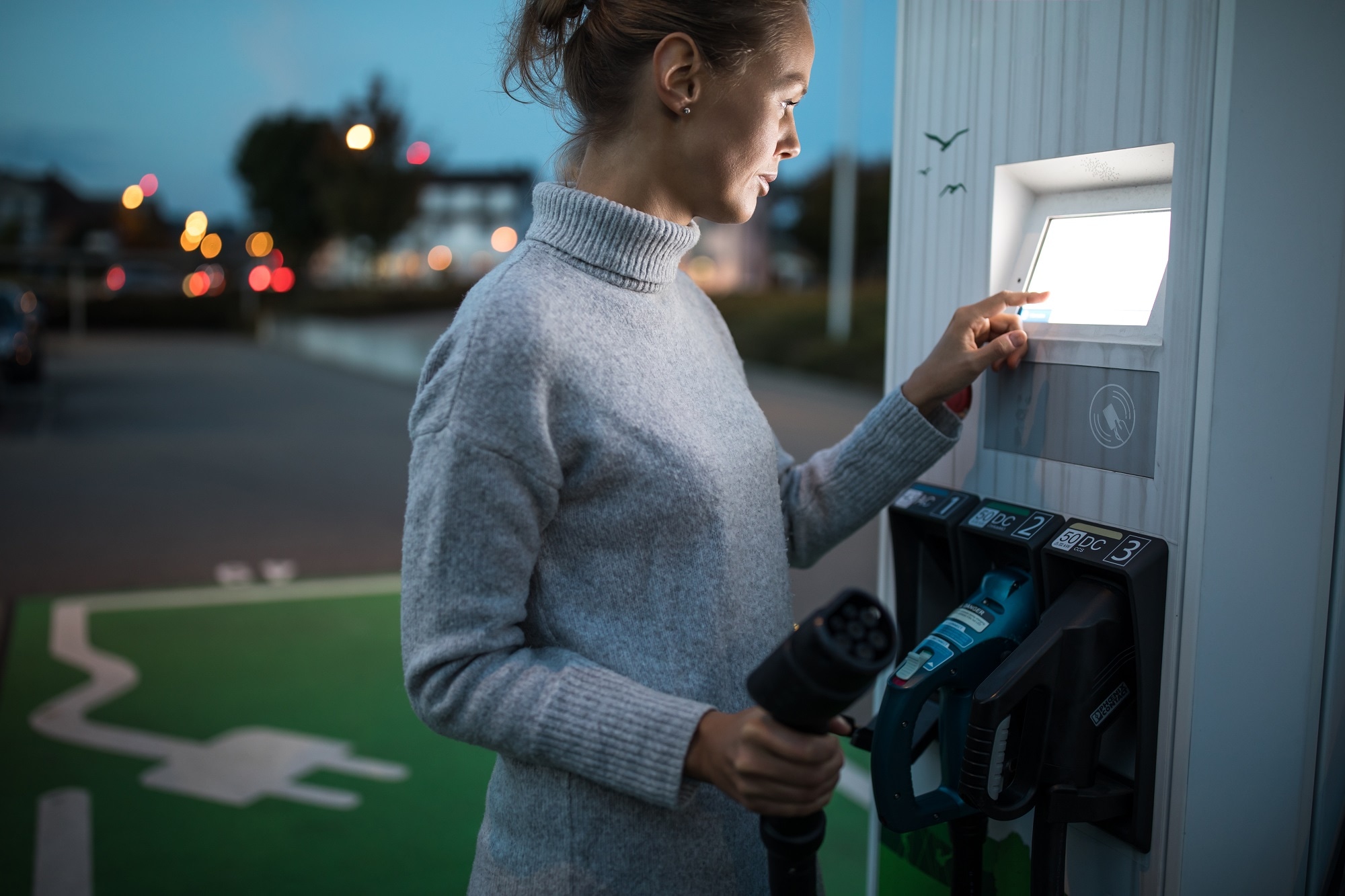The race to net zero is on – and it’s urgent. Australia will need to pull out all the stops and use every available lever if it’s going to get anywhere near the target of net zero emissions by 2050. With the transport sector accounting for 18.7% of Australia’s emissions1, it’s time to hit the accelerator on the electric transport revolution.
The perfect market conditions for transformation are emerging: federal and most state governments are adopting supportive zero-emissions vehicle policies, decarbonisation plans are rolling out across the private and public sectors, and adoption of electric vehicles (EVs) is rising. More and more manufacturers are including electric vehicles in their range. We’re also seeing continual refinements in battery technology and increasing investment and innovation in hydrogen and other sustainable fuels.
These favourable conditions for change are rapidly gaining momentum and present significant opportunities for consumers, fleet operators, energy providers, charging infrastructure owners and operators, and investors.
Global study reveals Australia’s eReadiness gap
PwC’s latest global eReadiness study of 18 countries shows just how far Australia trails the pack when it comes to its readiness to adopt EV technology. The study – which includes a comprehensive index of the maturity of EV markets and consumer research of more than 700 Australians – ranked Australia 12th for supply, 15th for demand, 16th for government policies and incentives and 17th for infrastructure (such as charging points and renewable energy).
Historically, Australia's transition to electric vehicles has been hampered by challenges unique to us. We’re the sixth-largest country in the world, but the 56th most populous. We regularly travel long distances through sparsely populated areas. The scale of the necessary infrastructure is vast.
But, with an abundance of renewable energy sources and almost unprecedented access to the critical minerals needed for making renewable energy technology (like solar panels, wind turbines and batteries), Australia has the potential to create a truly green EV ecosystem. Not all nations have this opportunity to run EVs on 100% clean energy; many still rely on non-green sources. We need to embrace Australia’s unique features and harness its resources to translate good intent into real action.
Australia's position at the rear of the field sends a sharp message: We need to pick up the pace and make significant progress fast.

How consumers view EV barriers and drivers
The study reveals that the proportion of EV owners/operators in Australia (2%) is currently relatively low compared to the global average (6%) but that consumer trends in Australia are similar to those in many other nations.
Potential customers for EVs identified that the factors holding them back from shifting to an EV include:
- higher purchase cost (50%)
- charging duration (47%)
- limited range the vehicle can travel between charges (43%)
- uncertainty around battery lifetime (40%)
- lack of parking spots with charging solutions (23%)
However, many are recognising the significant benefits EVs can offer. Respondents listed their top motivators as:
- reducing fuel costs (73%)
- the convenience of charging at home (50%)
- the opportunity to lower their environmental footprint and increase sustainability (40%)
What’s next for Australia’s EV sector?
Despite Australia lagging behind, the global e-Readiness study’s projections and trends paint a picture of rapid growth, increasing demand and new opportunities.
Just in the last year, demand for EVs has increased by 121% and now make up 8.4% of all new car sales in Australia2. This is expected to rise to 50% of all car sales by 2027. This means Australia will need to aim for around 1 million EVs on our roads by the end of 2027.
This presents an immense opportunity for Australia to lift its position and harness the potential economic benefits. There are exciting opportunities, particularly for the private sector, to play a role in the transformation of transport with new infrastructure and consumer offerings. But to capitalise on this phase of accelerated growth, all players will need to release the brakes and hit the accelerator.
How can the private sector rise to the e-mobility challenge?
To improve Australia’s readiness for an EV future, there are three key areas to focus on:
Collaboration across the sector will be a key enabler
Each participant in the EV value chain has a role to play in accelerating Australia’s zero-emissions vehicle opportunity. The EV market will move rapidly with the right conditions and with collaboration and alignment across the mobility ecosystem, including government, the public, transport operators and energy providers.
Collective action will be needed to solve challenges together and avoid inefficiency. They include: matching charging infrastructure to needs, building resilient supply chains, maximising clean energy and grid capacity, and developing innovative solutions for customers (domestic and commercial) to interact with the energy network through efficient interfaces and cost-effective pricing structures.
Green lights ahead for Australia’s EV future
Although Australia ranks behind other comparable countries in terms of its adoption of EVs and the current state of charging and energy infrastructure, we can catch up. While this territory is new for us and there are challenges to overcome, we can look to global leaders to learn from their experiences and adapt their successes to our context.
If Australian businesses act with speed and seize the opportunities for collaboration, promote market innovation and push the boundaries of infrastructure, we can accelerate our journey towards affordable, accessible and reliable electric transport. Undoubtedly, the future of mobility is electric – it’s time Australia plugs in.
1. Department of Climate Change, Energy, the Environment and Water, Quarterly Update of Australia’s National Greenhouse Gas Inventory: March 2022
2. Electric Vehicle Council, State of Electric Vehicles
Contact us

Partner, Advisory, Climate Lead & Global PwC Energy Transition Lead, PwC Australia












